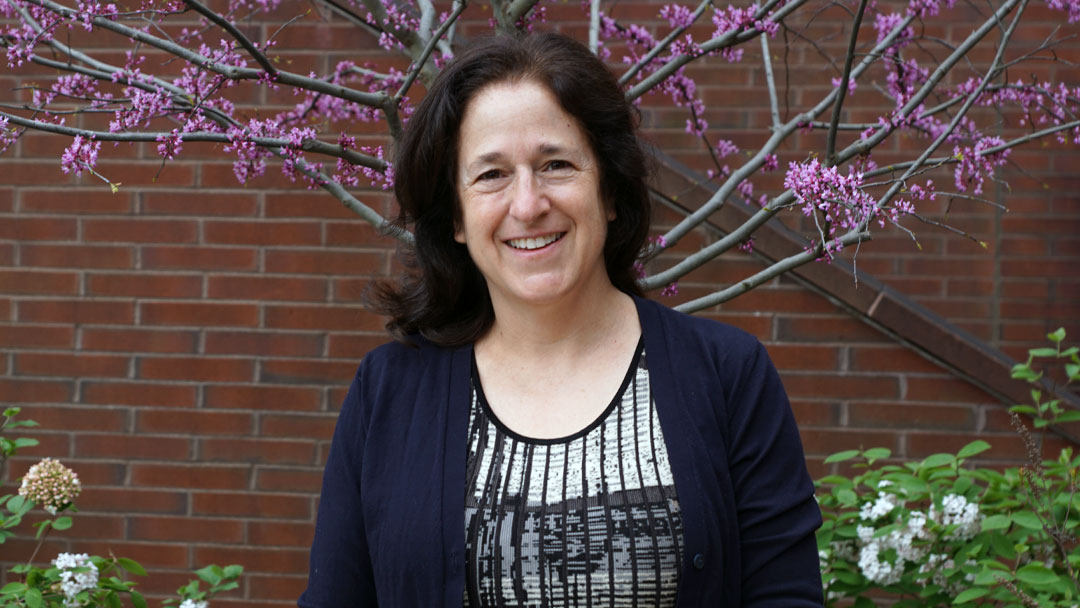-
The future is already here: AI and education in 2025
| Stanford Accelerator for Learning
The third Stanford AI+Education Summit brought together researchers, K-12 leaders, educators, and technologists to explore how AI is shaping teaching and learning.
The summit was guided by big questions: What is the future of learning we aspire to? What makes us uniquely human? How do we center humanity in our learning and AI ecosystems? How can research best support a bright future of learning?
The conference featured four expert panels and two rounds of speed talks followed by small group discussions for attendees across sectors to share ideas, opportunities, and challenges. During the lunch hour, AI and education seed grant recipients funded by the Accelerator and HAI shared posters with their in-progress research projects. The Accelerator’s AI Tinkery hosted a pop-up and the Generative AI for Education Hub presented a demo of its new research repository, a tool for education leaders to explore the latest studies on AI and education.
-
Stanford Research Hub to Focus on AI for K-12 Education
The new Generative AI for Education Hub at Stanford University will conduct and collect research on AI tools for schools. The hope is to give K-12 leaders easier access to evidence about what works — and what doesn’t.
Stanford University is conducting, collecting and presenting research on the use of generative artificial intelligence for K-12 schools in a new Generative AI for Education Hub online.
As part of a broader university initiative called SCALE — Systems Change Advancing Learning and Equity — the hub includes a research repository for studies on AI for education, where district leaders can search for evidence to inform school investment decisions, with filters such as study design, intended users and AI tool purpose, according to a recent news release. Bite-sized “takeaways” sum up the results, followed by links to each study.
In a field that is too new to offer deep efficacy research, the goal of the research hub is to give educators easy access to the evidence that does exist, fill the gaps with new studies and offer balanced guidance for school systems, according to Generative AI for Education Hub Director Chris Agnew. -
Individualized tutoring can combat chronic absenteeism
A high impact tutoring initiative in Washington, D.C., showed promise for middle schoolers and those with extreme absenteeism, a new report finds.
Dive Brief:
- One-to-one tutoring can lower absenteeism rates by fostering student-teacher relationships and a sense of belonging, making students more willing to go to school, a recent report from the Annenberg Institute for School Reform at Brown University found.
- The study looked at the High-Impact Tutoring Initiative launched in 2021 to provide math and reading tutoring across 141 Washington, D.C., public K-12 schools — with the greatest focus on serving at-risk students.
- The positive effects were particularly strong for middle school students and students with extreme absenteeism rates in the prior year, who were 13.7% and 7% less likely, respectively, to be absent when tutoring sessions were scheduled, the study found.
-
Stanford initiative helps scale what works in education
| Stanford Accelerator for Learning
A decade ago, Professor Susanna Loeb and her research team launched a text messaging program in San Francisco to support early literacy in preschoolers. Tips by Text, which was inspired by a school district collaborator, sent parents timely, evidence-backed advice to build language and reading skills in their children. Studies of the program showed strong learning gains for the children and more parent engagement at home as a result.
Since then, Loeb has built on those promising findings, and expanded the program to serve families of students from various age groups and in districts across the U.S. as well as China, the UK, Denmark, and Singapore.
By all accounts, Tips by Text’s widespread use is a big win for a research-based solution. More often, scholarship-driven tools don’t get beyond the initial classroom in which they were tested, no matter how promising the findings or well-intentioned the scholar and school.
Bringing an effective model from one student to a classroom, district and beyond means many, many more students can reap the benefits of high quality instruction and education innovation including improved academic achievement, enhanced well-being, and stronger, more meaningful engagement in learning. These positive student outcomes spill over into families and communities, creating healthier and more sustainable societies.
-
Susanna Loeb is named to the 2025 RHSU Edu-Scholar Public Influence Rankings
Susanna Loeb is named to the 2025 RHSU Edu-Scholar Public Influence Rankings, recognizing the 200 university-based scholars who had the biggest influence on educational practice and policy last year.
For the full list and to learn more about the rankings, visit The 2025 RHSU Edu-Scholar Public Influence Rankings.

-
Tutoring may not significantly improve attendance
In early 2024, initial reports indicated that tutoring might not only help kids catch up academically after the pandemic but could also combat chronic absenteeism. More recent research, however, suggests that prediction may have been overly optimistic.
Stanford University researchers have been studying Washington, D.C.’s $33 million investment in tutoring, which provided extra help to more than 5,000 of the district’s 100,000 students in 2022-23, the second year of a three-year tutoring initiative. When researchers looked at these students’ test scores, they found minimal to modest improvements in reading or math.
“We weren’t seeing a ton of big impacts on achievement,” said Monica Lee, one of the Stanford researchers. “But what we were seeing at that point in time were promising findings that the tutoring might be doing something for attendance.”
-
How effective is tutoring in the United States? – 4 essential reads
The value of in-class tutoring
Susanna Loeb, executive director of the National Student Support Accelerator, explained that the growth in spending on private tutoring is largely driven by wealthy families. This has contributed to wider educational gaps between students from different socioeconomic backgrounds.
Loeb wrote that high-impact in-class tutoring is the most accessible and effective option. She added that it works best when it’s embedded in schools during the day, where a consistent tutoring session takes place for at least 30 minutes at a time and at a minimum of three days a week.
“The most effective way for parents to get free tutoring for their children is through their school,” Loeb wrote. “Students who attend tutoring as part of their regular school education either during or immediately before or after school are shown to have higher attendance rates, which leads to better outcomes, such as stronger math and reading achievement.”
-
Pandemic, Politics, Pre-K & More: 12 Charts That Defined Education in 2024
| The 74
Tutoring programs exploded in the last five years as states and school districts searched for ways to counter plummeting achievement during COVID. But the cost of providing supplemental instruction to tens of millions of students can be eye-watering, even as the results seem to taper off as programs serve more students.
That’s where artificial intelligence could prove a decisive advantage. A report circulated in October by the National Student Support Accelerator found that an AI-powered tutoring assistant significantly improved the performance of hundreds of tutors by prompting them with new ways to explain concepts to students. With the help of the tool, dubbed Tutor CoPilot, students assigned to the weakest tutors began posting academic results nearly equal to those assigned to the strongest. And the cost to run the program was just $20 per pupil.
The paper suggests that tutoring initiatives may successfully adapt to the challenges of cost and scale. Another hopeful piece of evidence appeared this spring, when Stanford University researchers found that a “small burst” program in Florida produced meaningful literacy gains for young learners through micro-interactions lasting just 5–7 minutes at a time. If the success of such models can be replicated, there’s a chance that the benefits of tutoring could be enjoyed by millions more students.
